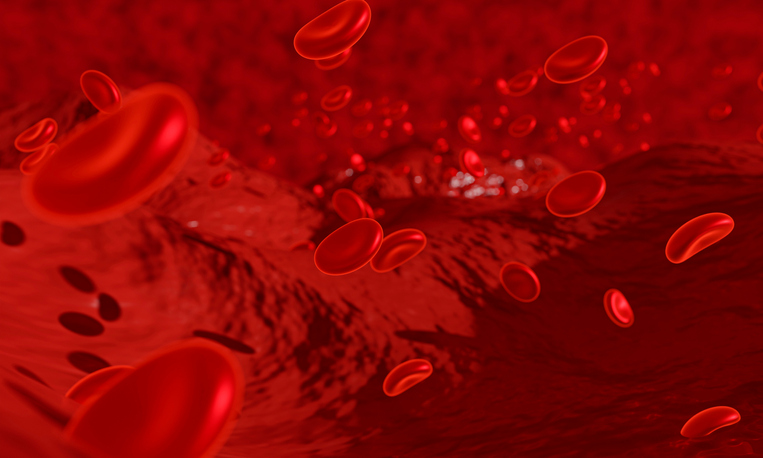Blood
Young Blood Extends Lifespans of Older Mice
Steve Horvath, PhD, a principal investigator at Altos Labs, is well known in the field of aging biology for his work building epigenetic aging clocks using the methylation status of the genome as a correlate of age. Horvath is cautious, impartial, and quick to dismiss certain anti-aging interventions, due to insufficient evidence.
A few years ago, in a conversation, GEN asked him what he thinks shows the most promise to slow aging.
‘‘Young blood,’’ he replied. ‘‘Two years ago, I wouldn’t have mentioned it,’’ he said. But recent data, he said, have convinced him that young blood has a strong effect on epigenetic clocks.
Some of that work has been published this week in Nature Aging, in the article, “Multi-omic rejuvenation and life span extension on exposure to youthful circulation.”
Heterochronic parabiosis (HPB) is a state where two living animals (one young and one old) develop a single, shared circulatory system because they are surgically joined together. HPB has been shown to functionally rejuvenate certain mouse tissues. However, its overall impact on biological age and long-term health is unknown.
The researchers, which include Horvath, show that HPB slows the aging process at the cellular level and lengthens the lifespan of the older mouse by up to 10 percent. The longer the animals shared circulation, the longer the anti-aging benefits lasted once the two were no longer connected.
“This is the first evidence that the process, called heterochronic parabiosis, can slow the pace of aging, which is coupled with the extension in lifespan and health,” said James White, PhD, assistant professor in the departments of Medicine and Cell Biology at Duke University School of Medicine and the Duke Aging Center.
White and colleagues set out to determine whether the benefits of HPB were fleeting, or more long-lasting. Earlier studies have documented anti-aging benefits in tissues and cells of the older mice after three weeks of parabiosis. These studies found that the older mice became more active and animated, and their tissue showed evidence of rejuvenation.
“Our thought was, if we see these anti-aging effects in three weeks of parabiosis, what happens if you bring that out to 12 weeks,” White said. “That’s about 10% of a mouse’s lifespan of three years.”
White said the ages of the mice were also important, with the young mouse aged four months, and the older mouse aged two years. In human terms, the parabiosis exposure would be the equivalent of pairing a 50 year-old with an 18-year-old for about eight years, with the effects adding eight years to the person’s lifespan.
With follow-up during a two-month detachment period, the older animals exhibited improved physiological abilities and lived 10% longer than animals that had not undergone the procedure.
At the cellular level, parabiosis drastically reduced the epigenetic age of blood and liver tissue, and showed gene expression changes opposite to aging. The rejuvenation effect persisted even after two months of detachment.
More specifically, the authors write, “Transcriptomic and epigenomic profiles of anastomosed mice showed an intermediate phenotype between old and young, suggesting a global multi-omic rejuvenation effect. In addition, old HPB mice showed gene expression changes opposite to aging but akin to several life span-extending interventions.”
The findings suggest that the young benefit from a cocktail of components and chemicals in their blood that contributes to vitality, and these factors could potentially be isolated as therapies to speed healing, rejuvenate the body, and add years to an older individual’s life.
“Our work points to a need to explore what factors in the circulation of youthful blood cause this anti-aging phenomenon” White said. “The elements that are driving this are what’s important, and they are not yet known,” he continues. “Are they proteins or metabolites? Is it new cells that the young mouse is providing, or does the young mouse simply buffer the old, pro-aging blood? This is what we hope to learn next.”

